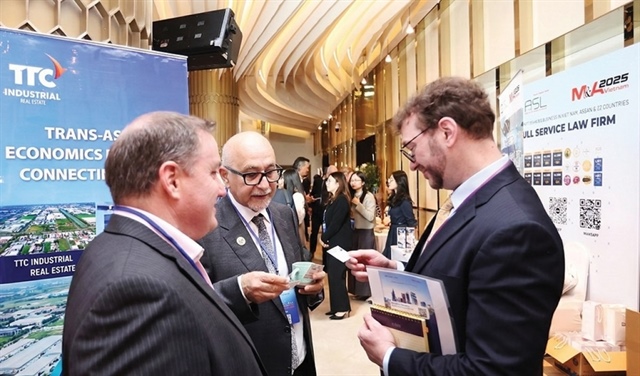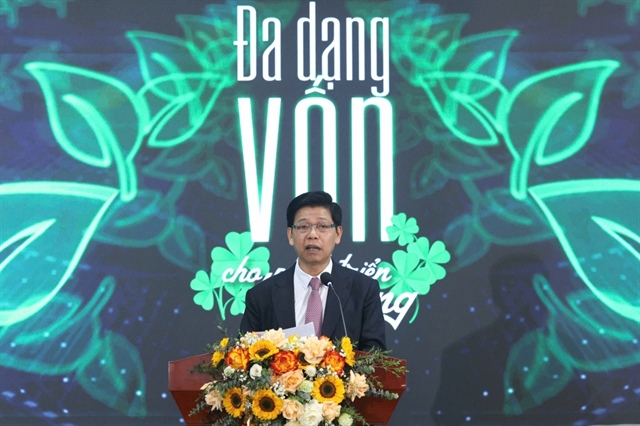More capital poured to public investments, worry about inflation returns
More capital poured to public investments, worry about inflation returns
While the government believes that it’s necessary to push up the public investment to boost the economic growth and help ease the enterprises’ difficulties, economists have warned that this may pave the way for high inflation to return.
 |
Minister, Chair of the Government Office Vu Duc Dam said at the press conference held after the government’s regular meeting in May that the total capital budgeted for the public investment in 2012 is 240 trillion dong. However, by May 2012, only 66 trillion dong had been disbursed, therefore, according to Dam, there is still much room for public investments from now to the end of the year.
One month later, Dam once again stressed the necessity of making public investments, emphasizing that even if Vietnam disburses 21 trillion dong a month from now to the end of the year, the high inflation would not return, because the government has anticipated all possibly arising problems.
Dam stressed that though the capital for public investment remains profuse, Vietnam would not make disbursement in masses. Government agencies would supervise the disbursement process to ensure that the capital can go to the right addresses.
However, economists have warned that if 21 trillion dong is disbursed every year, the “inflation spiral” would return by 2013.
Economists have every reason to worry about the public investment efficiency. For the last many years, the public investment efficiency in Vietnam is not directly proportional to the sum of investment.
Dr Le Dang Doanh, a well-known Vietnamese economist, told Thoi bao Kinh te Vietnam on July 22 that it’s necessary to calculate how much capital to pump into the national economy would be enough to both help stimulate the production and prevent high inflation.
Doanh said that the amount of capital to be pumped into public investments would depend on the “capital absorption capacity” of the national economy. If Vietnam just strives to spend all the money it has, while the investment projects remain inefficient, the high inflation rate would return.
If so, Vietnam would fall into the bamboo shavings: high inflation would lead to growth slowdown, then to deflation and production stagnation. It would be a blunder if Vietnam tries to push up the disbursement just because to serve the GDP growth.
Doanh went on to say the 21 trillion dong a month should not be put as a goal to strive to. The disbursement should be made based on some criteria, including the necessity and the efficiency of the projects.
“In the current circumstances, the projects on environment protection, pollution easing and traffic congestion settlement are the most important ones that need to be implemented soon,” he said.
Analysts have also commented that the economic downturn and the bad performance of businesses have both made the government to return to strive to the economic growth.
The GDP growth rate was 4.1 percent in the first quarter and 4.4 percent in the second quarter – the modest figures have made government agencies feel impatient, especially when there has been no bright prospect in the consumption and private investment.
In an interview given to Thanh Nien, Vu Thanh Tu Anh from the Fulbright Economics Teaching Program, also said that if Vietnam speeds up the disbursement for the public investments and obtain the credit growth rates of 12-13 percent per annum from the current 0.76 percent per annum, Vietnam would surely bear the consequences by 2013.
“The pumping of a big amount of capital into circulation within a short time may create a new inflation spiral and macroeconomic uncertainties,” Anh said.
vietnamnet
























